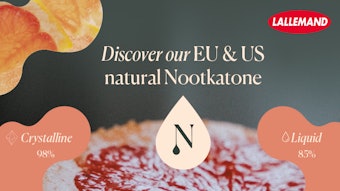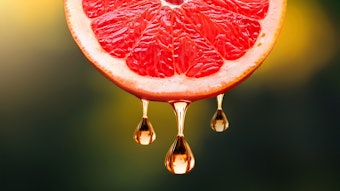The Bahama’s “Out-Islands”—Samana Cay, Acklins, and Crooked Island—have been the traditional source of cascarilla bark oil, dating back to the 18th Century. In 1492, Christopher Columbus, tempted by the wafting fragrance of Crooked Island’s native herbs, dropped anchor and named it “Fragrant Island.” Columbus eventually introduced cascarilla bark to Europe. The Europeans used the material for the manufacture of incense, sachets, potpourris, liquor and tobacco flavorings, and employed it as a therapeutic aromatic bitter tonic for the treatment of various stomach ailments. The oil is relatively new to the modern commercial perfume and flavor marketplace. Today, the highly desired and sought after cascarilla bark essential oil is used for flavoring aperitifs, liquors, beverages, confections and fine perfumery.
For decades, the Bahamian government considered cascarilla bark (not the essential oil) one of its top exports, alongside rum, salt, crawfish, and fishery products. Exports of the cascarilla bark material declined in 1998. This was the result of unfavorable severe weather conditions, in addition to the almost nonexistent infrastructure logistics of the sparsely populated collecting areas. El Salvador, on the other hand, possesses sound infrastructure logistics and communications, talented industrial engineers and agronomists, accomplished world-class distillers, a tradition of unremittingly hard working collectors, and abundant cascarilla trees. Thus, the production center for cascarilla bark oil has shifted from the Out-Islands to El Salvador. Since 1998, El Salvador’s annual production has increased twofold. The country’s 2000 delivered production was 50 kilos, establishing El Salvador as the new principal and standard provider of this material. Expected 2001 production capacity is 100 kilos. Nobs Hidrodifusion SA is the biggest player and distiller in this emerging market.
Collection and Distillation of El Salvador Cascarilla Bark Oil
The Bahamian cascarilla is a Croton eluteria, in the family of Euphorbiaceae. El Salvador’s cascarilla is a Croton reflexifolius, also in the family of Euphorbiaceae. In El Salvador, cascarilla is known by many common names, including copalchi, aromatic quinquina and sweetwood bark. Normally, a small tree, the El Salvador cascarilla tree can reach heights of up to 25 feet. It is often covered with grayish- green lichen. The bark is hard, compact, pale to yellowish-brown and fissured. In El Salvador, unlike the Bahamas, there is plentiful renewable material growth because cascarilla trees are planted in windbreak hedgerows on mountain coffee plantations. In the Bahamas, cascarilla was never grown for a practical purpose other than for bark collection. As the cascarilla hedges grow tall and widen, they take up valuable space for the coffee plants. The full-grown trees are then cut down and new ones replanted, insuring future available material.










